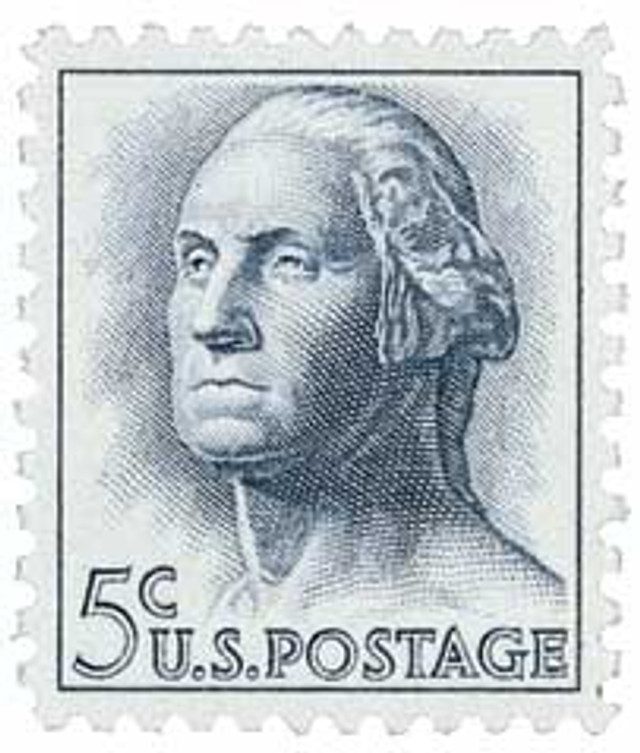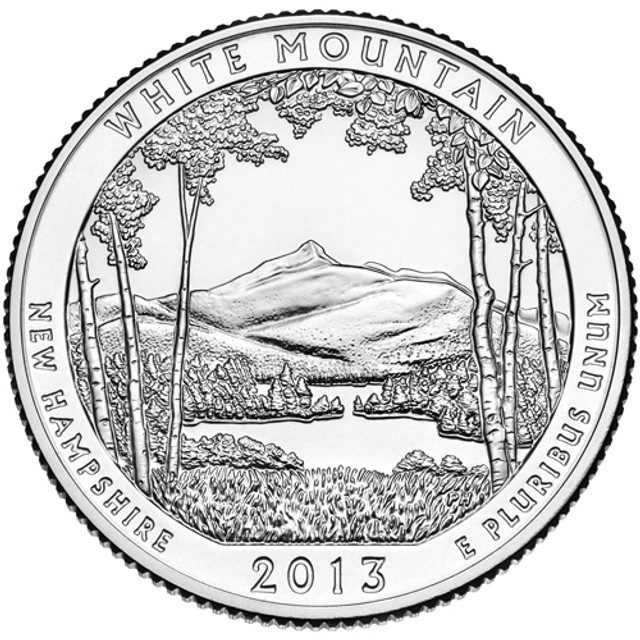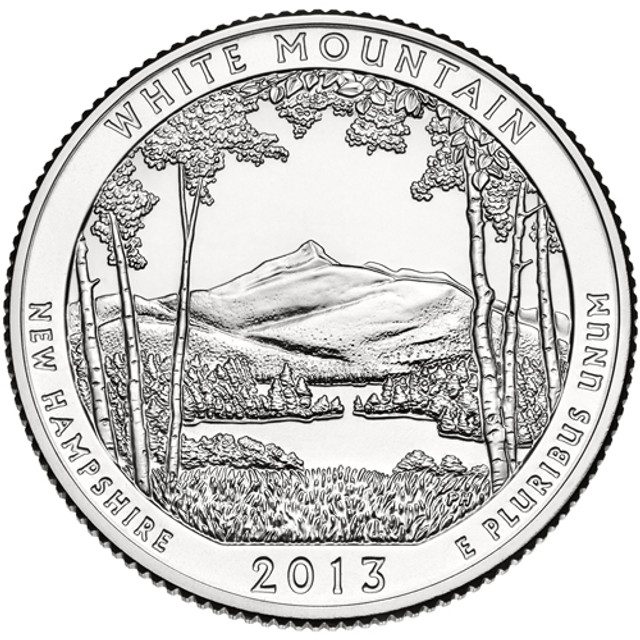On May 16, 1918, President Woodrow Wilson officially created the White Mountain National Forest, located mostly in New Hampshire (about 5% of the forest is in Maine). It’s the only national forest located in either state and the most eastern national forest in the country.
Paleo-Indians of the Clovis culture were the first known people to inhabit the White Mountains, about 10 to 12,000 years ago. Many of their names for the mountains have been lost, but one that remains to this day is Mount Waumbek, which means “snowing mountain” or “mountain with a snowy forehead.” By about 3000 to 4000 B.C., Pennacook tribes of the Abenaki nation began to form in the White Mountain region. They called Mount Washington Agiocochook, or “Home of the Great Spirit,” who they believed lived there. The Native Americans did not climb the mountain, believing it to be a realm of divine powers.

One of the first Europeans to record seeing the White Mountains was Giovanni da Verrazano, when he sighted them off the coast of New Hampshire in 1524. British colonists began to enter the area and fight with the natives around 1623. After nearly two decades of harsh fighting, the Pennacook chief Passaconaway negotiated a truce, agreeing to lead his people by the laws of the colonial Americans.

Some of the earliest-known white pioneers in the White Mountains were Darby Field and John Josselyn. They were the first two men to explore and write extensively about the mountains, effectively creating the first trail guides for the White Mountains. In 1679, King Charles II of England declared New Hampshire a Royal Province. As war with Norway (England’s previous source for wood) was on the horizon, the British military needed the forests’ high-quality timber for ship construction. This marked the beginning of the White Mountains’ logging history.

The end of the French and Indian War in 1763 opened the White Mountain area up for settlement. Towns began to spring up around the mountains, with the locals taking advantage of the expansive natural resources, building homes, mills to grind their grain, saw and lumber mills for buildings, and new roads.
As artists and writers found their way to the White Mountains, word spread across the country of their beauty and scenery. With this, businessmen saw new opportunities in tourism. Grand hotels were constructed at the summits and along notches, and railroads and stagecoach roads were built to make easier access.

In 1875, the modern logging industry boomed in the White Mountains. At its height, there were four logging railroads that specifically served sawmills in company owned towns. Decades of unregulated logging by private timber companies became a serious issue, leaving the landscape susceptible to fires and floods. Several fires had burned thousands of acres of forest and flash floods wreaked havoc on the water supply. With these issues, as well as the expanding conservation movement in mind, local citizens were driven to act.
Two groups formed to protect the White Mountains from further damage – the Appalachian Mountain Club (AMC) and the Society for Protection of New Hampshire Forests (SPNHF). After several years of intense lobbying and pressure from the public, Senator John Weeks of Massachusetts, a Lancaster, New Hampshire native, acted. He introduced the Weeks Act, which was approved by Congress on March 1, 1911. The new legislation authorized the secretary of Agriculture to “Examine, locate and recommend for purchase … such lands within the watersheds of navigable streams as … may be necessary to the regulation of flow of navigable streams.” To do so, the government set aside nine million dollars for the purchase of six million acres in the eastern US. The act also required state and federal authorities to work together on the issue of fire control.
Some of the first land acquired for the White Mountain Forest Reserve, as it was then known, was purchased in 1914. Over the course of a year, a team of foresters purchased about 250,000 acres. On May 16, 1918, Woodrow Wilson officially created the White Mountain National Forest. Since that time, several more tracts of land have been added and work has been done to preserve the historic sites, buildings, and natural resources.
Click here to learn more from the forest’s website.
| FREE printable This Day in History album pages Download a PDF of today’s article. Get a binder or other supplies to create your This Day in History album. |
Discover what else happened on This Day in History.





Third paragraph — the word is “sighted” not “sited.”
I have hiked in the White Mountains on several occasions. An area that I am very fond of. Thankfully there was foresight to preserve this national treasure.
On May 3, 2003, the White Mountains lost its “Old Man”. It’s been 20 years since the rock face fell in Franconia Notch.